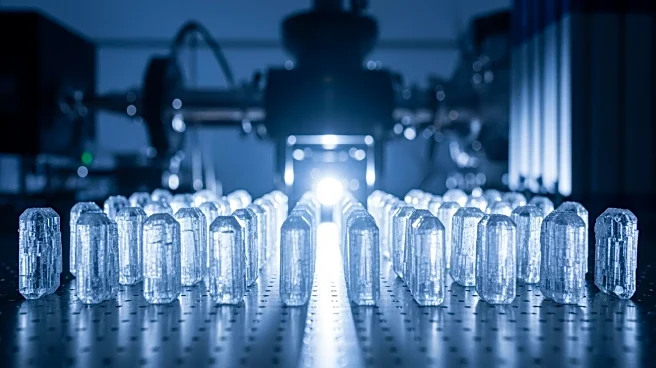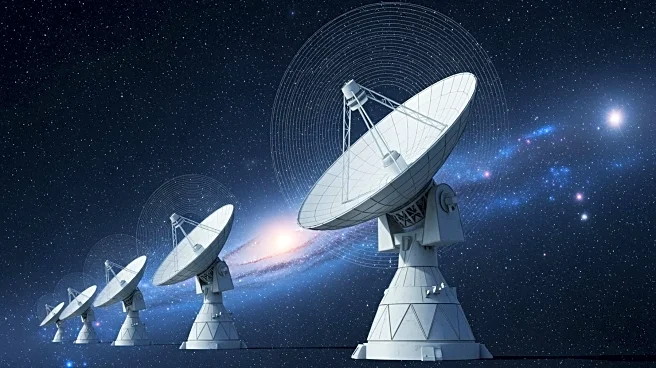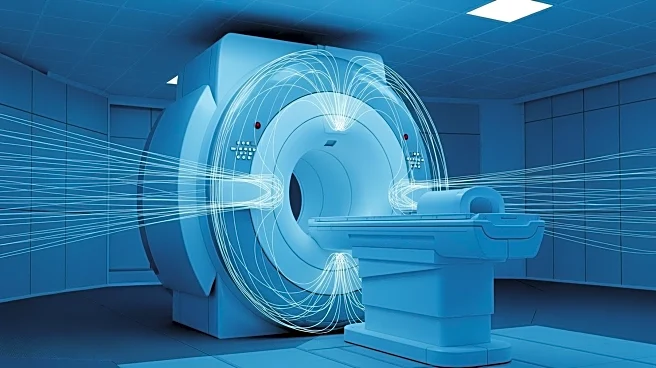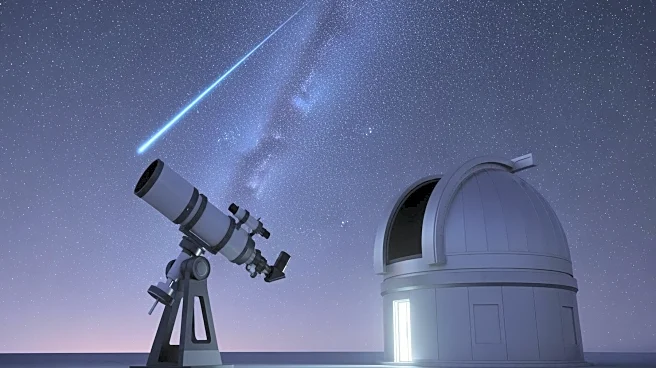What's Happening?
Researchers from the Max Planck Institute for Physics have developed a novel approach to detect dark matter particles using sugar crystals. The SWEET project aims to identify lighter WIMP-type particles,
which are hypothesized to be lighter than a proton and difficult to detect due to their interactions being easily drowned out by noise. Sugar, composed of elements with varying nuclear sizes, increases the likelihood of interacting with these particles. The research team has successfully demonstrated that sugar crystals can detect thermal pulses from particle interactions, suggesting sugar as a promising material for dark matter detection.
Why It's Important?
The discovery of dark matter is a significant scientific pursuit, as it constitutes a large portion of the universe's mass yet remains undetected. The use of sugar as a detection medium offers a cost-effective and innovative approach compared to traditional methods that have failed to identify dark matter. This research could pave the way for new detection technologies and enhance our understanding of the universe's fundamental components. The potential to detect lighter dark matter particles could revolutionize the field of particle physics and lead to groundbreaking discoveries.
What's Next?
The research team plans to enhance their detection capabilities by improving sensor circuits, adding X-ray sources, and refining data collection systems to better filter out noise. They also aim to grow larger and purer sugar crystals to increase detection sensitivity. These advancements could lead to more accurate and reliable detection of dark matter particles. The scientific community will be closely watching the progress of the SWEET project, as it holds the potential to unlock new insights into the nature of dark matter and its role in the universe.











